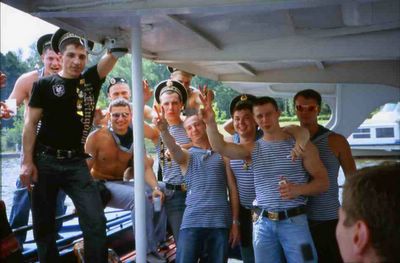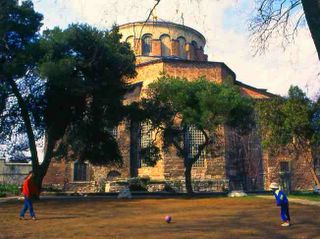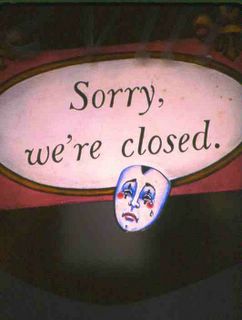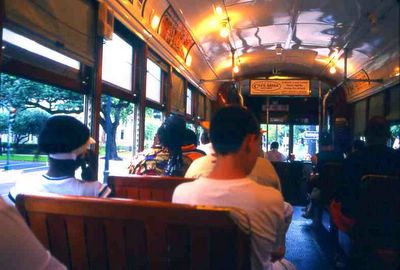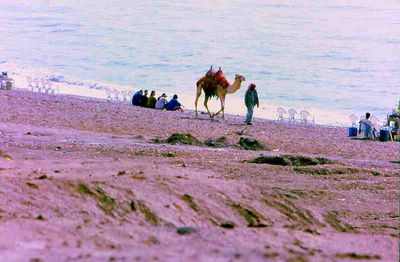
In the October issue of Smithsonian magazine, Joshua Hammer, former Jerusalem bureau chief for Newsweek, reports on the slow death of the Dead Sea and the mammoth measures that must be taken by Israel and Jordan if this briny, ancient, liquid treasure is to survive. Dams and agriculture are shrinking the saline sea, and the fresh water aquifers that line its perimeter are receding into the area’s subterranean salt deposits, causing the land above to collapse into great sinkholes. Friends of the Earth Middle East (FoEME), an environmental group with staffers from Israel, Jordan and the Palestinian Authority, is, along with other active efforts, lobbying those countries to nominate the Dead Sea for World Heritage site status, which would mandate a long-term protection plan. FOEME is also trying to foment change in agricultural policies that are sucking the Dead Sea dry.
I first looked on the Dead Sea and its stark, blinding white shoreline soon after leaving Karak, a great walled Crusader city rising from the floor of the Jordanian desert like a hulking stone ship. One side of Karak looms over the Desert Highway, a straight, hot shot from Amman to the Red Sea resort of Aqaba. The back door of Karak empties onto a steep, winding road that leads downhill to the Dead Sea. Its cobalt water, ringed by sandstone and white-hot salt cliffs, fills your eyes and imagination shortly after leaving Karak from the rear. It is a harsh, beautiful vision.
I drove down past Jordan’s potash factories. The mineral emits a stink that takes you momentarily out of the Bible, Koran or Torah and puts you very much in the 21st century. The Dead Sea separates Jordan and Israel, and both countries keep watch on this water border. Just out of Karak, at a military post set high above the distant shoreline, I stopped for a mandatory vehicle and document inspection, one of three I’d check in at before picking up the road back to Amman on the sea’s northeast corner. A soldier looked at my passport, asked me where I was going (“Back to Amman. I’ve just been in Petra and Aqaba."), and, with the characteristic Jordanian courtesy I’d been shown since touching down in this gracious country, proffered a “Welcome to Jordan” and waved me through.
When I reached the sea, the hot road hugged the coast and delivered dramatic views of sandstone bluffs caked with salt or sculpted with eight- to 10-foot salt piles. Sodom and Gomorrah are said to be near here, and I swear I saw Lot’s wife a dozen times looking down at me from frozen positions atop various cliffs. These salt pillars looked, for all the world, like women, headscarves drawn over their mouths and thin dresses wind-whipped across their bodies.
I grew up with the Bible, and I felt I was driving through it. Only the smell of potash, the military watchtowers along both shores, the zippy rental I was driving, and the small white pickups parked alongside Bedouin tents signaled the 21st century. Otherwise, it was 2,000 years ago, and I was in it.
The earth was dust and sand, the seashore, sandy mud. I drove slowly past villages of low, wattle and daub houses built under the shade of great, spreading trees that must have provided oasis in Jesus’s time; children in gray and brown clothing running and playing barefoot in the dirt; people in caftans and headscarves squatting at the edge of the road, selling eggplants and tomatoes; sparse but fruitful groves of date palms, the tree of the desert, which needs little water to yield bounty; scraggly farm plots; men riding donkeys and moving them forward by slapping their rumps with sticks; encampments of black goat-hair Bedouin tents, here two tents, there 20; women cooking over open fires; men tending sheep and herding goats, the animals bleating and braying. All of this set along the shores of the salt-encrusted sea.
I wanted to float in the Dead Sea, Earth's most buoyant water body. Years ago, I’d seen a photo of a man reading a newspaper while drifting around in its brine, and I thought it looked like a fun thing to do. I didn’t have a newspaper, but I had a guidebook. I was hoping to get someone on shore to photograph me reading while floating. I looked for a beach where I could stop and have this long anticipated experience. I passed some fancy hotels, which looked severe and unwelcoming (and which, according to Hammer’s Smithsonian article, could be in jeopardy of being swallowed by sinkholes), then came upon a small sign at the end of a mud parking lot: “Dead Sea Rest House.”
Cars and trucks were parked willy-nilly all over the unkempt lot, so I knew nobody was going to kick me out because I didn’t have a reservation. I parked and walked down to the water across a beach that was chocolate-colored, hard-packed mud sprinkled with intermittent patches of sand. Along the mud beach, groups of Jordanians were enjoying their day at the shore.
I didn’t float in the Dead Sea. It wouldn’t have been proper. While I’d worn my swimsuit under my clothes in anticipation of my Dead Sea float, this was not a private beach resort. The only people in bathing suits were the tourists across the sea in Israel. I was in a public recreation area in Muslim Jordan, and respect for the culture precluded any degree of stripdown.
The Jordanian women sat at the shore in long pants, long sleeves and headscarves, and so would I. The travel clothes I’d driven in became my bathing costume (bathing being a relative term) – ankle length skirt, long-sleeved tunic, and scarf covering a reasonable amount of my hair. I did take my shoes off and sink my feet in the salty foam that tickled the shore so I could say I’d been in the Dead Sea. I collected bronze-gold rocks, oily to the touch, and licked them. Salty. I saved them as souvenirs.
Facilities were scant at the Dead Sea Rest House. There were a few Coke, tea and coffee sellers, and several entrepreneurs offered camel rides. Families sat in white plastic chairs and looked out at the water. Only three young boys splashed in the frothy, buoyant sea. Standing there in my tunic, I envied them their fun. Sometimes, you have to be content being a spectator. I crouched in the mud, watching and laughing.
A young boy who’d been sitting with his family enjoying the scene approached me and offered me a white plastic chair. I knew the chairs were rentals and that his family had paid for every chair they occupied. I also knew enough about Jordan’s millennia-old culture of hospitality to graciously accept. I sat for a few minutes, then returned the chair to the boy who’d given it up to me. I thanked his family:"Shukran." They nodded and smiled warmly.
I turned and walked back through the muddy sand to my car. As I drove to Amman, 40 minutes away, I was filled with good feelings. A boy, a plastic chair, and a gesture that will last my lifetime.
The Dead Sea is in danger of dying. The hospitality of the Jordanians who live near its shores is alive and well.
www.LoriHein.com
